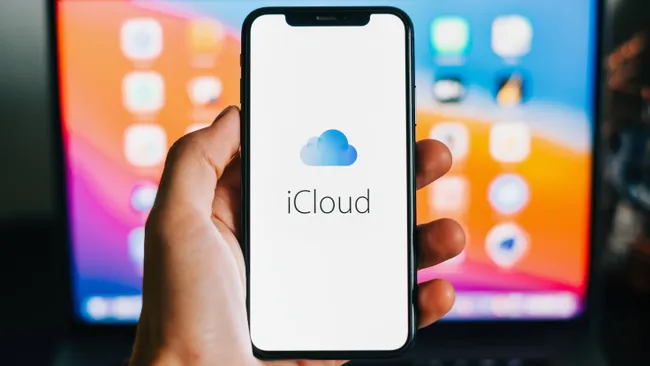Users of Apple’s cloud services can now breathe a sigh of relief. After nearly five hours of technical issues, Apple has confirmed that all affected iCloud services are back to normal.
The service disruption began around 2:36 PM and continued until 7:00 PM. During this time, users across the globe experienced problems accessing multiple cloud-based features. Apple’s official System Status page now shows all services as operational again, with green indicators confirming the fix.
The main problems affected iCloud Web Apps through iCloud.com and iWork for iCloud. Many users were unable to use the online versions of Pages, Numbers, and Keynote during the downtime. In addition, key features such as iCloud Account & Sign In, Calendar, Contacts, Mail, Storage Upgrades, and Photos were impacted. These disruptions caused delays for individuals and businesses who rely on Apple’s cloud platform for daily tasks.
Now that Apple has resolved the issue, users should be able to access these services without any further problems. If the services are still not working properly for some users, signing out and then back in could help refresh the connection and restore full access.
While the issue is now fixed, Apple has not provided any official explanation about what caused the outage. It’s not uncommon for large tech companies to remain quiet about the root cause of such events, especially if they involve internal errors or technical misconfigurations.
Cloud-based tools like iCloud are central to Apple’s ecosystem. From storing photos and syncing contacts to managing email and documents, millions of people depend on these services every day. Outages like this can disrupt daily life, from missed calendar reminders to inaccessible email accounts.
Although Apple’s cloud services have a strong record for reliability, they are not immune to occasional technical problems. In this case, the interruption lasted nearly five hours, which is longer than most of Apple’s usual service hiccups. Users took to social media to share their experiences and frustrations during the outage. Many reported not being able to sign into iCloud at all, while others were stuck in loading loops or received error messages.
The company updated its System Status page regularly during the incident, noting progress in resolving each issue. As of now, all services are listed as running smoothly.
For those still facing unusual behavior with iCloud features, restarting devices or re-logging into their accounts may help. Apple often recommends this basic step after major system recoveries, as it forces a fresh connection to their servers.
Despite this hiccup, Apple continues to be one of the most trusted providers of cloud services. The quick response and return to full functionality help reinforce user confidence. Still, the lack of communication about the root cause may leave some users wondering what went wrong.
Technical experts say that cloud systems are complex, and even small changes can lead to large impacts. Maintenance, software updates, or unexpected server issues can all play a role in sudden downtime.
Moving forward, users are encouraged to keep an eye on Apple’s System Status page for real-time updates if future issues arise. The page offers a transparent way to check which features are affected and when they are expected to be fixed.
As more people rely on cloud technology, even short outages can have significant ripple effects. Apple’s quick fix is a reminder of both the power and fragility of digital tools.
For now, users can return to using their iCloud Mail, Calendar, Photos, and other services as usual. Apple has not announced any compensation or apology, but users are simply relieved to have their systems working again.







